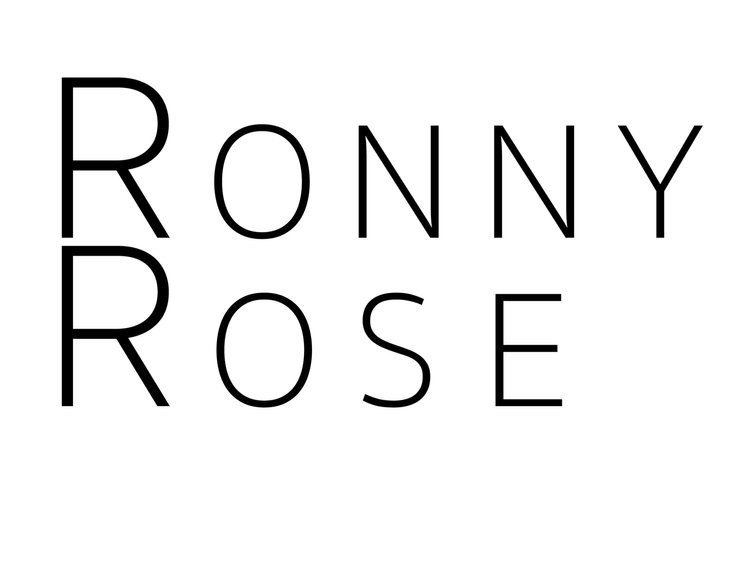I’ve been reading a lot of art theory lately, and while diving into Hal Foster and Richard Serra’s “Conversations about Sculpture” they continually referenced a book called “The Anxiety of Influence - A Theory of Poetry” by Harold Bloom. So being of a curious disposition, I decided to read it.
Richard Serra’s “Intersection II” at the MOMA NY.
The basic concept of the book deals with how any artist (though he keeps his discussion exclusive to Poetry) goes about attempting to grapple with the weight of influence. He makes the argument that truly great artists must locate the fault in the very works that first inspired them and then go about usurping the work itself. Basically, his idea is it is essential that all great art seeks to combat and transcend the work and artists that first inspired it.
Basically, his idea is it is essential that all great art seeks to combat and transcend the work and artists that first inspired it.
To do this, according to him, requires an inner journey of the artist to transcend the love and respect for one predecessor and find an almost solipsistic existence within the world of your own work that seeks to exist as the leading edge of the progression of a medium itself.
He toys with the idea made famous by Dickinson that all poetry is simply part of a large master poem unfolding throughout the epochs of humanity. But for him the strong poets are the ones righting new lines, pushing where their forebears decided to break. He makes this assertion by also counterpointing it with the “weaker” artists who simply hold the torch of tradition.
He makes this assertion by also counterpointing it with the “weaker” artists who simply hold the torch of tradition.
Now part of what I find so interesting about this is the Brooklyn museum is currently holding a retrospective of Virgil Abloh. Now even before his untimely passing, Abloh was heralded by many as one of the greatest artistic minds of this generation. With interests spanning from fashion, to design, music, and education. For the record. I agree. He was fucking genius, even though I don’t love all of his designs.
“Good artists copy, Great artists steal”
However, he famously echoed in his own language an infamous Picasso's quote “Good artists copy, Great artists steal” when he stated he worked by the 3% rule. That a design was new if it was changed from an original by at least 3%.
From Abloh’s First Luis Vitton Campaign
At this point, you’re probably wondering why I am spending so much time Writing about this.
Well, the answer is simple. I believe there is an alchemy between the two ideological states of artistic antithesis and artistic theft that lie in the foundation of greatness. I also believe to create the potential for truly revolutionary work one must possess a strong understanding and admiration for what is the canon of any craft.
However, if it is true that one must only slightly deviate from the existing canon by a small margin to make something truly revelatory, then the importance of influence is in learning to find the guidepost for your trajectory as well as the path of deviation.
What made Abloh a genius was that he saw the history of a design and could choose the exact finite detail to change that made it feel wholly anew. And that requires an aggregate of knowledge, appreciation, courage, and an understanding of the zeitgeist of the era. Because let's be honest, half of revolution is knowing the establishment.


